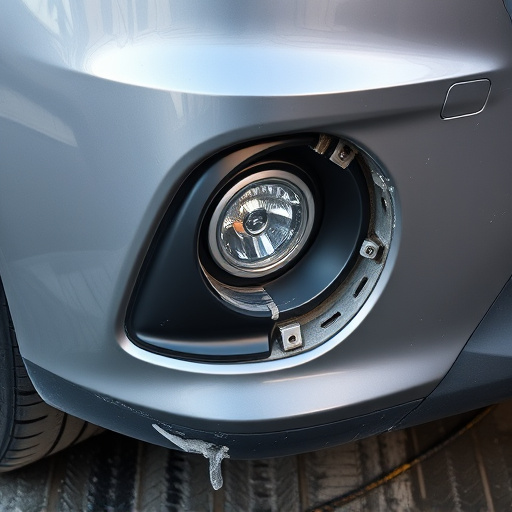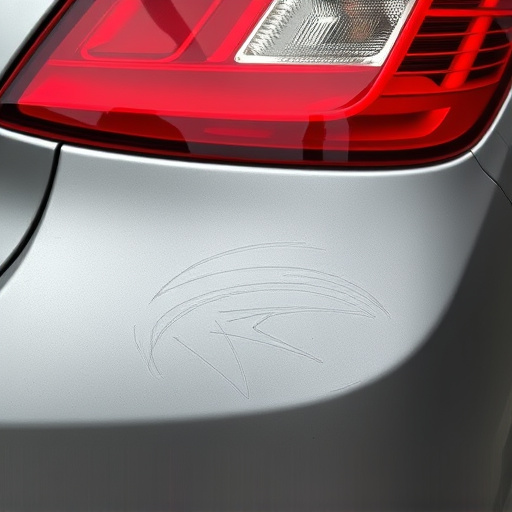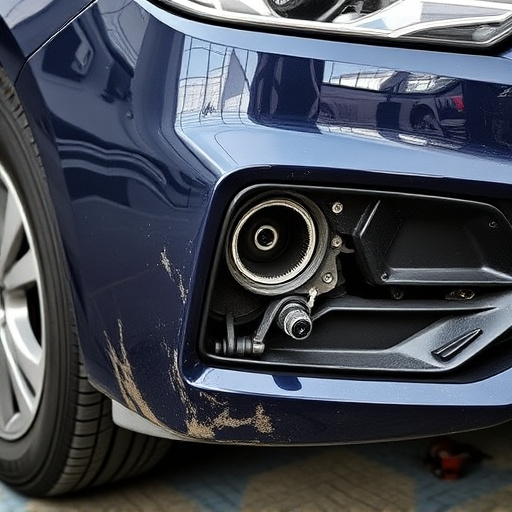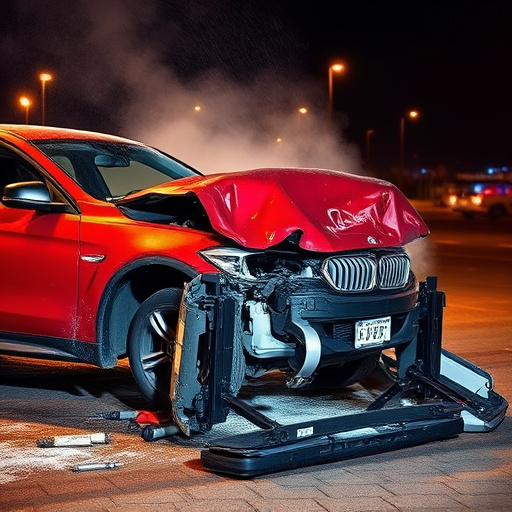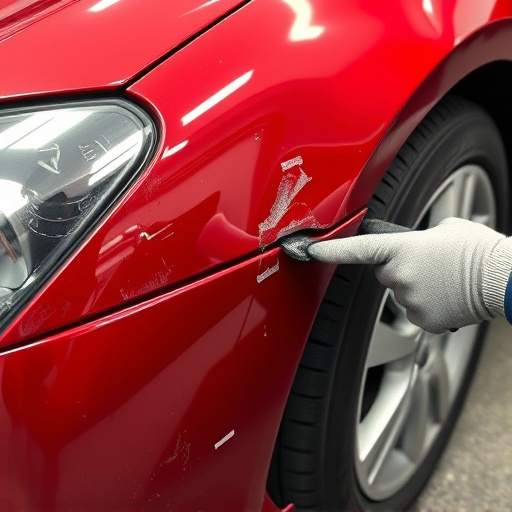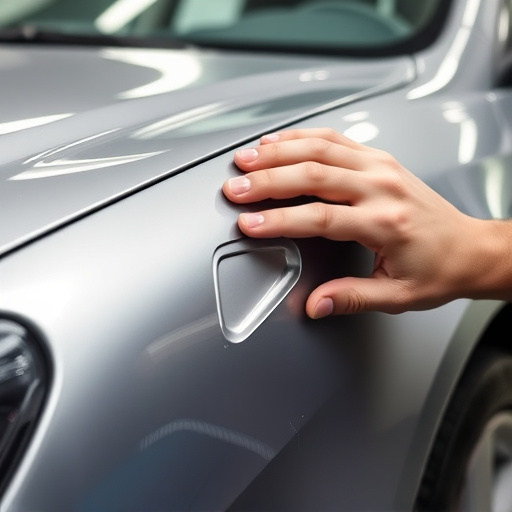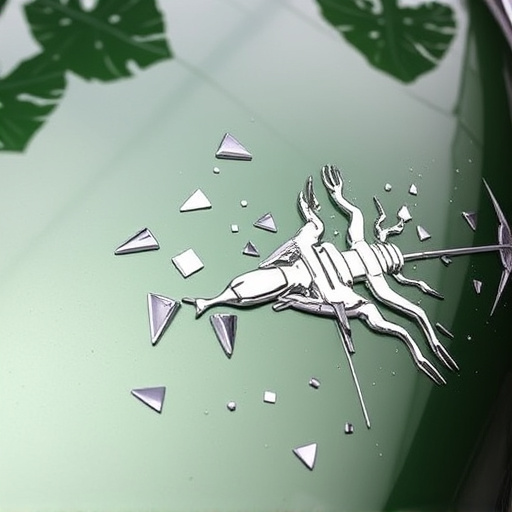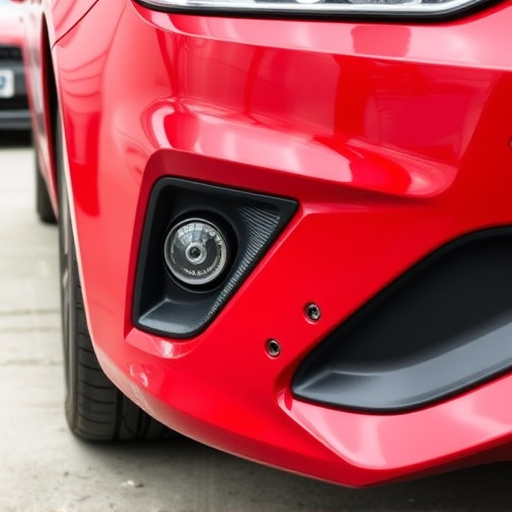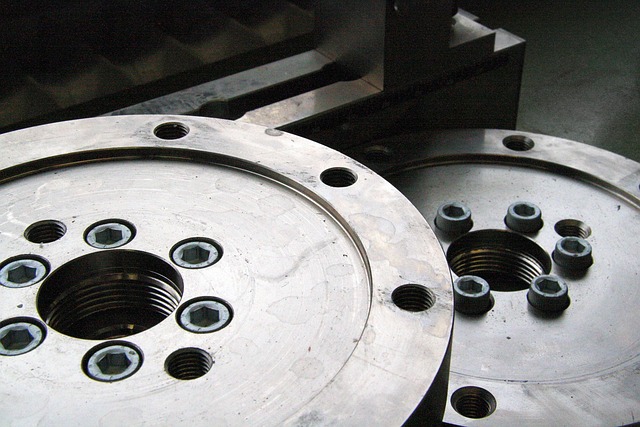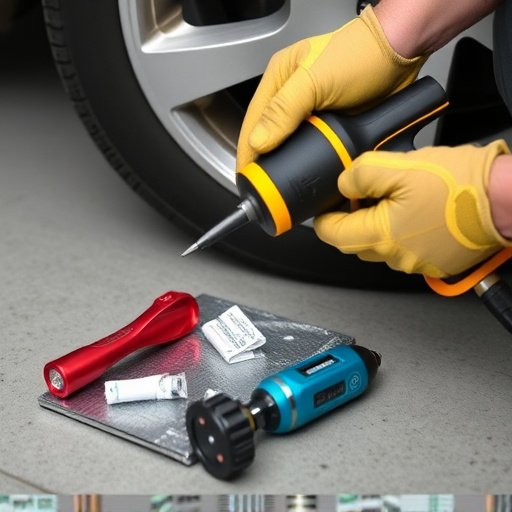Mercedes leather restoration is key to maintaining luxury interiors. While aftermarket dyes offer DIY solutions, they may miscolor or damage fibers if not used correctly. For best results, consult professionals specializing in automotive repair. Follow best practices: use vehicle-specific products, prepare surfaces, avoid harsh chemicals, ensure proper ventilation, and maintain regularly for extended leather life.
Are you looking to revive the allure of your Mercedes’s interior? Considering aftermarket leather dyes? This guide is your compass. We explore the intricate world of Mercedes leather restoration, shedding light on both the benefits and potential risks of using aftermarket dyes. From understanding the unique characteristics of Mercedes leather to mastering safe restoration practices, discover the key to a flawless and lasting transformation.
- Understanding Mercedes Leather Interiors and Aftermarket Dyes
- Potential Risks and Benefits of Using Aftermarket Leather Dyes
- Best Practices for Safe and Effective Mercedes Leather Restoration
Understanding Mercedes Leather Interiors and Aftermarket Dyes
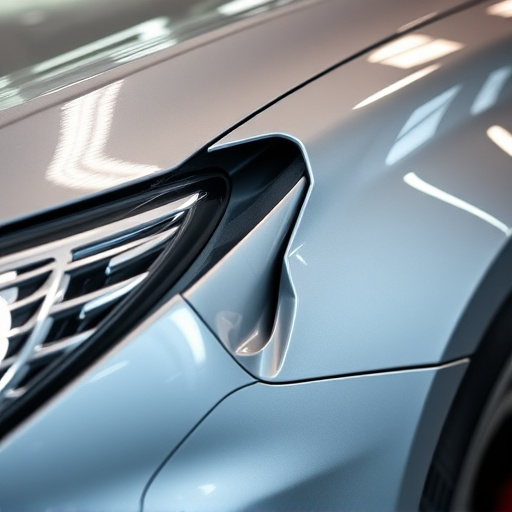
Mercedes leather interiors are renowned for their luxury and quality, featuring intricate designs and a sophisticated finish. However, over time, they can show signs of wear and tear, including fading or discolouration. This is where Mercedes leather restoration becomes essential, aiming to revive and maintain the vehicle’s interior beauty.
Aftermarket leather dyes have gained popularity as a DIY solution for Mercedes leather restoration. These products promise to restore faded colours and match the original leather tone. While they can be readily accessible and cost-effective, it’s crucial to approach their use with caution. Aftermarket dyes might not always align perfectly with the specific shade of your Mercedes interior, leading to an uneven or artificial appearance. Moreover, improper application can result in damage to the delicate leather fibres. Therefore, considering the unique characteristics of Mercedes leather, consulting a professional vehicle body shop for automotive repair and hail damage repair is often recommended to ensure the best outcomes in leather restoration.
Potential Risks and Benefits of Using Aftermarket Leather Dyes
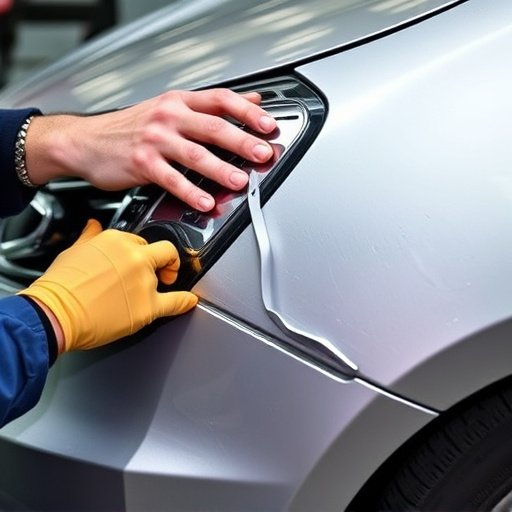
Using aftermarket leather dyes for Mercedes interiors can present both risks and benefits. On the positive side, these dyes promise to restore faded or damaged leather, revitalizing the look and feel of your vehicle’s interior. They are often more affordable than official Mercedes-Benz restoration services, making them an attractive option for car owners looking to enhance their ride’s aesthetic appeal without breaking the bank.
However, there are potential drawbacks to consider. Aftermarket dyes might not always match the exact color of your Mercedes’ original leather perfectly, leading to noticeable differences. Furthermore, improper application can result in staining or uneven coloring, necessitating collision repair or car bodywork services for rectification. The chemicals used in these dyes could also pose health risks if not handled correctly, underlining the importance of thorough research and adherence to safety guidelines before attempting any Mercedes leather restoration.
Best Practices for Safe and Effective Mercedes Leather Restoration
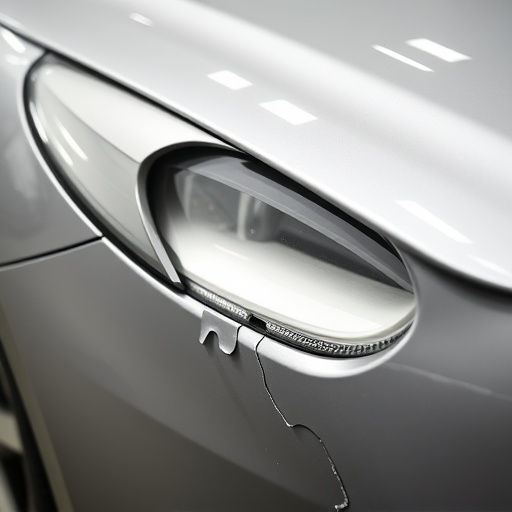
To ensure safe and effective Mercedes leather restoration, adhere to best practices that safeguard both your vehicle’s interior and your health. Always use products specifically designed for automotive leather, as they’re formulated to meet the unique needs of car interiors. Before applying any dye or treatment, thoroughly clean and prepare the leather surface. This involves removing dirt, dust, and oils with a mild cleanser and a soft cloth. Once the surface is clean, dry it completely before proceeding.
Avoid using harsh chemicals or over-the-counter dyes that might damage or discolor the leather. Opt for high-quality aftermarket dyes tailored for Mercedes vehicles, as they’re less likely to cause fading or cracking. During application, ensure excellent ventilation to prevent inhalation of fumes. Follow the manufacturer’s instructions carefully regarding application methods and timing. Regular auto maintenance, including timely cleaning and conditioning, can significantly extend the life of your Mercedes leather interior, preserving its original appearance and enhancing its longevity, just like a well-cared-for fender repair restores a vehicle’s aesthetic without compromising structural integrity.
Aftermarket leather dyes can be a viable option for Mercedes leather restoration, but it’s crucial to approach them with caution. While they offer potential benefits in color correction and personalization, the risks associated with poor-quality products or incorrect application are significant. To ensure safe and effective Mercedes leather restoration, always opt for high-quality dyes specifically designed for luxury vehicle interiors, follow best practices strictly, and consider professional assistance if needed. This approach will help preserve the integrity of your Mercedes’ original craftsmanship while achieving desired aesthetic enhancements.
